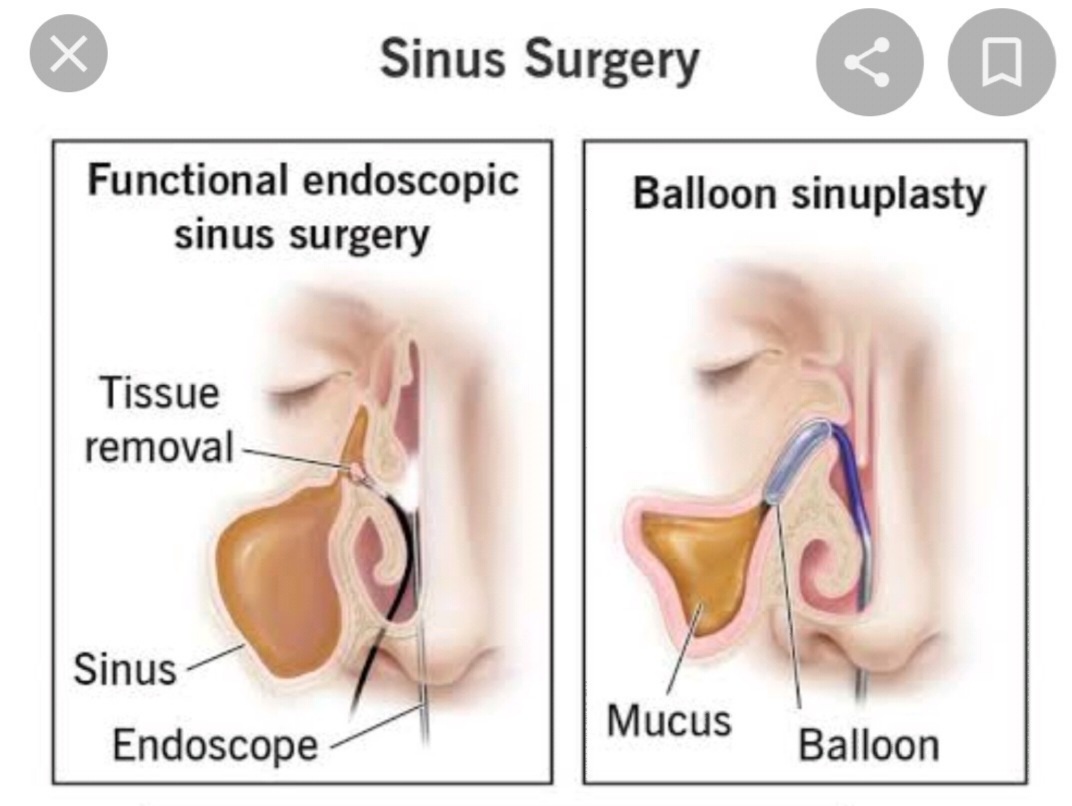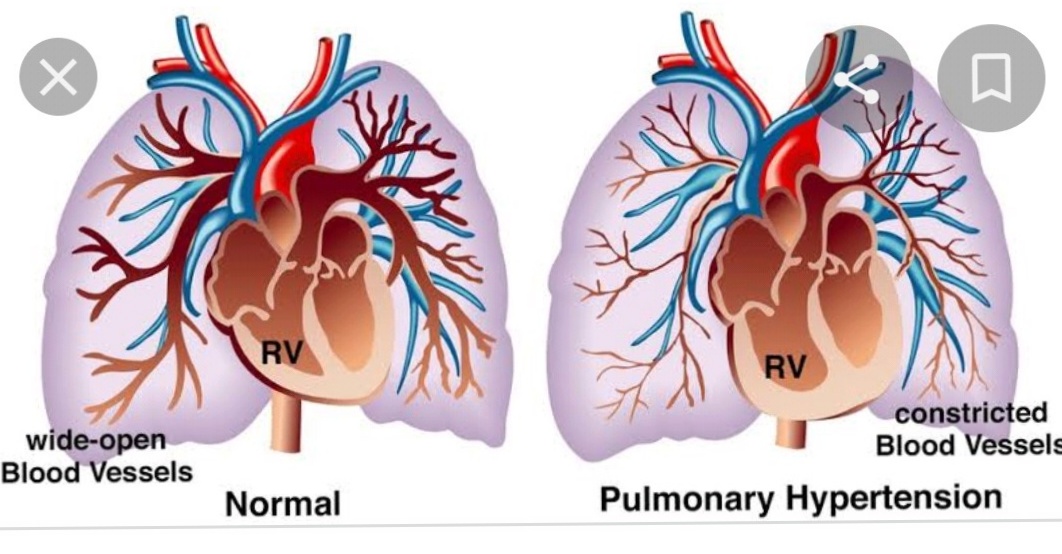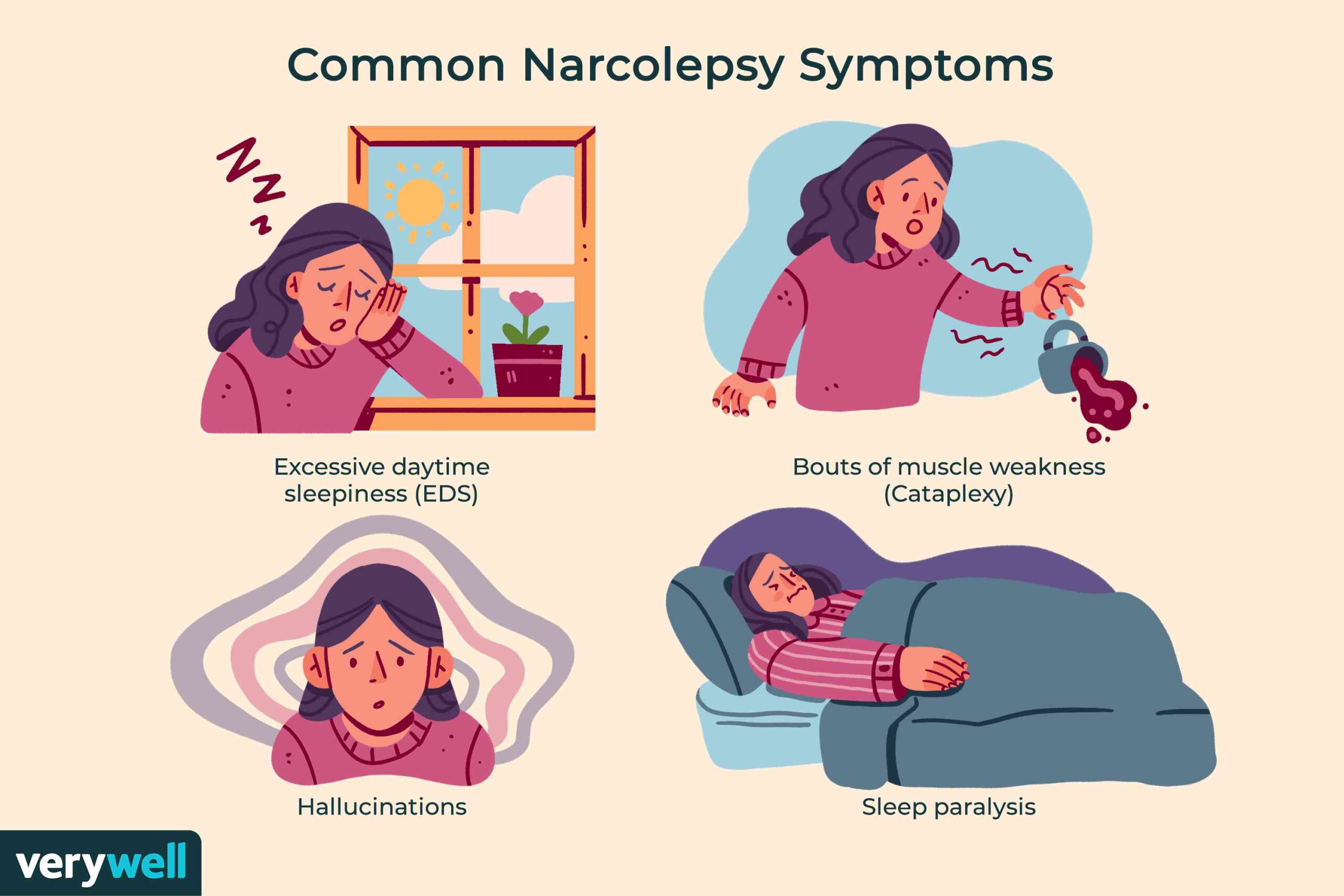Sinus Surgery– Details- Sinus surgery is done to remove nasal polyps and to treat chronic sinusitis .Following are the most frequently asked questions regarding Sinus surgery are- What is sinus surgery?
What is FESS(Functional Endoscopic Sinus Surgery) ?
What is Endoscopic Sinus Surgery ?
What are Reasons for sinus surgery ?
What is balloon sinuplasty ?
What are types of sinus surgery ?
What is turbinate reduction Surgery ?
What is turbinoplasty?
What is trimming of Concha bullosa ?
How is recovery following sinus surgery?
What are risks involved in Sinus Surgery ?
Are there any Alternatives to surgery ?
For all these above questions pl go through this article in detail.
Sinuses are hollow cavities situated inside a human skull that are located around the eyes and nose and within the anterior aspect of the face.
What are the functions of these cavities /Sinuses?
These cavities/sinuses help to make the skull lighter. They have the function of mucus production which adds moisture to the nasal passages so that the inspired air is moistened before entering the lungs. Dry air is not good for health of the lungs. The mucus provides a protective layer to help keep out undesired particles like pollutants, dirt, and infectious organisms like bacteria and viruses.
Functions of mucus -this helps to know why sinus surgery is done
Mucus protects the tissue(the lining epithelium) that lines your lungs, throat, and nasal and sinus passages and prevents them from drying out. This is essential as dry air is not good for health of lungs. Mucus possesses antibodies and enzymes, which kill or neutralize harmful bacteria in the air. It as a defense mechanism that can prevent us from getting ill
What Is Mucus ?
The defense functions of mucus are -(1)It is a covering sheet that traps particulate matter and microorganisms, (2) It is a movable medium that can be propelled by cilia (the tips of cilia drive the gel layer over the sol layer toward the oropharynx), (3)It acts as a waterproofing layer .
The interior of sinuses is lined with cilia, which are very fine hair-like cells. The cilia help to drain mucus through the passages of the sinuses and out into the nasal cavity. All the sinuses maxillary, ethmoid and frontal drain into the maxillary sinus ostium. So if the maxillary sinus ostium is blocked then it leads to accumulation of fluid in all the sinuses and then requires sinus surgery.
What is sinus surgery?
Maxillary sinus drains into the maxillary sinus ostium. All other sinuses ,the frontal ethmoid sinuses drain into the maxillary sinus ostium. So if the osteomeatal complex is blocked, it leads to fluid accumulation in all the sinuses. So functional endoscopic sinus surgery is a procedure surgery that aims to open the pathways of the sinuses and clear blockages.In this the first step is uncinectomy and maxillary sinus ostium widening, then
Anterior and posterior ethmoidectomy, if these sinuses are diseased, then frontal recess widening if there is blockage of the frontal recess and SOS removable of pathologic tissue if any from the frontal sinuses. This is an option for people with ongoing and recurrent sinus infections, for people with abnormal sinus structure, or abnormal growths in the sinus which do not respond to conservative line of treatment.Such people require sinus surgery.
An ENT specialist doctor will often attempt other treatments and procedures before resorting to surgery. If these don’t provide relief to the patient then only surgery may be carried out.
Sinus surgery is a brief procedure that has few complications.
Reasons for sinus surgery
Sinusitis is an infection in the nasal passages in which there is accumulation of fluid, pathological material in the tissues which can cause pressure, headaches, a stuffy nose, and congestion.
The aim of the functional endoscopic sinus surgery is to remove whatever is blocking the drainage pathways of the sinuses. This may be accompanied by additional procedures like –
Trimming of Concha bullosa,
Septoplasty
Thermal cauterization of inferior turbinates
Removal of ethmoid polyps if any
Removal of tumors or growths blocking the nasal or sinus passage, if any
A person may require sinus surgery to treat a variety of issues like –
Sinusitis
Sinusitis is the swelling ,inflammation of the nasal sinuses or passages also called called a sinus infection. Clinical features of sinusitis-
pressure around the nose, eyes, or forehead
a stuffy nose
nasal discharge
cough
congestion of head and headaches
post-nasal drip
blocked ears or decrease in hearing
Nasal polyps
Nasal polyps are swellings of the nasal lining inside the nasal passages and sinuses.They arise from the mucosa lining the sinuses and nasal cavities They are variable in size .
Larger polyps or clusters result in obstruction to airflow, hence breathing issues and can affect sense of smell.In some cases there is total loss of smell sensation. They can also block the osteomeatal complex leading to infections ,accumulation of fluid pathological tissues in sinuses.Such cases require sinus surgery.
Some people say that they have no symptoms from nasal polyps. Clinical features of nasal polyps include:
a blocked nose, leading to difficulty in breathing
a runny nose
recurrent sinusitis
post-nasal drip
a reduced sense of smell /total absence of smell or taste
facial pain
headaches
snoring
sleep apnea
Other reasons for doing sinus surgery –
Sinus surgery may also be required due to other infections, ongoing blockages, abnormal growths, and other issues that cause inflammation and pathology in the nasal passages and sinuses.
Types of sinus surgery
The most common type of sinus surgery is endoscopic sinus surgery. However, there are other procedures that may be carried out.
Functional endoscopic sinus surgery (FESS)
FESS is carried out with an endoscope which is available in various degrees -0 degree 30 degrees, 70 degrees. By degrees we mean the inclination of vision of the scope with the axis of the scope. This is an illuminated, thin fiber-optic tube ,illumination is done with Led light source. The endoscope is inserted into the nose to reach the openings of the sinuses at various stages of the surgery.
In Functional endoscopic sinus surgery the surgeon with the help of endoscope uses his Instruments to remove obstructive tissues and other blockages to clear the sinuses.
The entire procedure is carried out through the nostrils .No external incision is required. and leaves little to no scarring. Some swelling may occur, but it will disappears early. Technique of Sinus Surgery-First a thorough routine nasal endoscopy is done .If there is significant nasal septum deviation ,it has to be corrected by doing Septoplasty.If the CTSCAN-PNS is showing involvement of the maxillary sinus,the uncinate process on the lateral nasal wall is identified and removed-Uncinectomy-By this the scope enters the maxillary sinus and pathology present in the maxillary sinus is removed by forceps.If the anterior and posterior ethmoid sinuses are showing involvement on CTSCAN-PNS then anterior and posterior ethmoidectomy is done,if the Sphenoid sinus is showing involvement then opening is made in the anterior face of sphenoid sinus and disease present inside is removed.nasal packing is done with net cell and dressing given to patient.
An individual who has this surgery will usually only feel mild discomfort for a short period of time as this is advanced endoscopic stitchless procedure.In some cases it can be done even under local anaesthesia.
FESS can be performed frequently. It can also be carried out on an outpatient basis.
Image-guided surgeryNavigation system
Previously navigation system was used mainly by neurosurgeons, but nowadays even ENT surgeons have started using it .Of course lot of presence of mind is required by the operating ENT surgeon as at times the navigation system may not show accurate results.
Image-guided endoscopic surgery is a newer procedure that may be recommended for severe forms of sinus blockages or in case of individuals who had been operated for sinus surgery. As in the previous surgeries important landmarks had been lost.
In addition to using an endoscope, this type of surgery uses a near-three-dimensional mapping system to show the surgeon the position of the surgical instruments.The position of his instruments is shown in the form off a red dot on the CT scan. This is done using CT scans and infrared signals.
Using this guidance, a surgeon can operate in difficult sinus passages and remove tissues and other blockages accurately.
Caldwell-Luc operation
This procedure is more invasive and is rarely done now a days. It is not recommended surgery as the drainage of the maxillary sinus always takes through the maxillary sinus ostium only. So in case of osteomeatal complex block procedure of choice is uncinectomy and maxillary sinus ostium widening. Opening in the anterior aspect of the maxillary sinus which is done in Caldwell Luc is of no use at all, as drainage of maxillary sinus will never take place from there.
Recovery
After sinus surgery has taken place, nasal packing is done by net cell to control bleeding.Net Cel is removed after 24 hrs and patient is discharged home.
Recovery periods depends on the surgery performed and other factors such as age and general health. However, many people experience almost no discomfort after sinus surgery. Most individuals can go home the same day as surgery but it is advisable to let the patient admitted for at least 24 hrs after surgery, under observation for bleeding, pain nausea vomiting and other factors.
Post discharge prescription contains analgesics, antibiotic ,antihistamnic ,antacids, nasal decongestant drops, Fluticasone nasal spray,.Alkaline nasal douches are advised by syringing without needle as the scabs formed due to surgery should fall off through nose or by post nasal route which the patient can spit off. Alkaline nasal douches contain a glass of water which is boiled and cooled ,in which 2 teaspoons of sodium chloride and two teaspoons of household baking soda is used. All these things are required after sinus surgery. After the operation, the individual experiences –
pain over operated field
nausea, vomiting,
sense of dryness of throat
mild blood stained oozing, for which Pause, Ethamsylate should be given to the patient
mild discomfort
fatigue
nasal congestion
People should closely follow their doctor’s instructions for aftercare and take all medications as prescribed,avoid any trauma to the nose in the first three weeks. They may have to make changes in their daily routine for the first 2 weeks after surgery.They should come for follow 5 days from the day of discharge
Risks of sinus surgery –
Following are the complications that can occur during sinus surgery –
Bleeding
Bleeding after surgery tends within the first 24 hours is very rare if the surgery is done well. Mild blood stained oozing is there till some time and the patient is asked to gently mop it in between. This oozing can also be stopped by giving Pause, Ethamsylate injections to the patient. However, it can sometimes occur later, after days or even weeks. which is very rare by experiennced surgeons. If a clot develops within the bony partition between the nasal passages, commonly called the septum, then it must be removed under general anaesthesia.
Intracranial complications
The septum attaches to the roof of the nose. This thin layer of bone may be damaged during sinus surgery. However, this is a very rare complication and usually does not happen with qualified and experienced ENT(Ear,nose,throat) surgeons.In order that this should not happen, then adequate strip of septum should be preserved by the ENT surgeon which is in the immediate vicinity of the skull base so as to prevent any damage and CSF rhinorrhoea.So sinus surgery has to be done with great care by the ENT surgeon.
If CSF rhinorrhoea occurs due to such damage then the Cerebrospinal fluid can leak into the nose and, in severe cases, can lead to an infection in the lining of the brain such as meningitis. While this issue is extremely rare, it is often identified it requires an urgent neurosurgical reference.
Although eye damage is rare, with qualified and experienced ENT surgeons ,but if in sinus surgery while opening the frontal sinus if the anterior ethmoidal artery is damaged, then it can retract causing intraorbital haemorrhage and thus blindness. Many ENT surgeons fear to open the frontal sinuses due to risk of damaging the anterior ethmoidal artery.So sinus surgery has some potential complications.Sinus surgery should be done only by qualified and experienced ENT surgeon.
If the lamina papyracea is damaged during surgery then, bleeding into the orbital region along with prolapse of fat into the orbital area with proptosis can occur. Treatment is by insertion of autologous cartilage .
There have also been rare reports of damage to the muscles that move the eye, which can lead to temporary or permanent double vision.(Diplopia). If such thing occurs Ophthalmologist opinion should be sought as early as possible.
Other instances may lead to a change in how the tear ducts work, causing excessive tearing from the eyes. All these things can be avoided if appropriate care is taken by the operating ENT surgeon during sinus surgery.
Changes to a person’s voice
Sinuses affect the resonance of a person’s voice. A complication of sinus surgery can sometimes lead to a change in someone’s voice as sinuses contribute to the resonance of voice.
Loss of smell or taste
After sinus surgery, a person’s sense of smell usually improves due to the airflow being restored. However, it can worsen in rare cases depending on the extent of swelling or infection. This is often temporary but can be prolonged.Once the tissue oedema resolves which usually happens in a period of few days after surgery, the sense of smell also improves.
Infection
A person with sinusitis can develop other infections in the area of surgery, as a result of surgery if apropriate aseptic precautions are not taken, but if observed and intra -o higher antibiotics are given, then for infection to occur is very rare, even if it occurs ,it can be tackled by higher antibiotics.So antibiotics should be always given after sinus surgery.
Nasal issues
In rare cases if due to surgery small amounts of scar tissue may develops in the nasal passage that will require another surgery to remove it. Adhesions can develop between the septum and the turbinates, which require another surgery to release it with surgical knife, placement of silastic between the turbinates and the septum, and removal of silastic after few days, once the purpose of silastic is over.
Alternatives to sinus surgery
Before resorting to surgery, a doctor will attempt a variety of other treatments. There is a range of medications that may be issued, as well as other procedures that may improve symptoms.
These other treatments include:
antibiotics
nasal saline rinses or sprays
nasal decongestant sprays
nasal steroid sprays
oral steroids
allergy medications
antihistamines
analgesics,antiinflammatory agents
steam inhalations
avoiding cold drinks ice-creams,
avoiding drinking cold water
drinking water should be pretty hot
hot water gargles
drinking hot milk with turmeric and sugar(in non-diabetics)
avoiding citrus foods,
curd
highly spicy foods.But in severe resistant cases sinus surgery is the only option.
But if these things give only temporary relief to the patient and problems recurr again and again , if there are pathological changes in the sinuses with blockage of the osteomestal complex in CT-SCAN -PNS-then Sinus surgery is the only line of management. If associated Deviated nasal septum is there ,then it should be corrected by Septoplasty surgery at the same time when Sinus surgery is done.
What is Balloon Sinuplasty?
It is recommended by some because they say that it preserves the nitrous oxide of the maxillary sinus, which is not preserved in sinus surgery as by uncinectomy and maxillary sinus ostium widening, the nitrous oxide escapes out and it is necessary as it has bactericidal properties.
With this minimally invasive sinus procedure, a tiny catheter with a balloon attached is inserted through your nostril and into your sinus passage. The balloon is then slowly inflated to gently widen the area and facilitate easier mucus drainage. The doctor then flushes out the sinus cavity to clear out any built-up mucus before deflating the balloon and removing it. Recovery is quick and easy because there is no need for any incisions during this procedure.
We do not recommend balloon sinuplasty as it is too expensive and we are not convinced by the significance of nitrous oxide.We only recommend sinus surgery by conventional instruments.
What is turbinoplasty?
What is trimming of Concha bullosa ?
Concha bullosa is enlarged middle turbinate which causes obstruction to air flow.
So at the time of sinus surgery it’s dimensions are reduced by surgical knife and it contributes to the reduction of nasal obstruction.
Any medical information published on this website should not be used for diagnosis and treatment .This is for your information. Whenever you are suffering from any disease or disorder you should have some knowledge about it, so that you respond better to treatment. Ultimate diagnosis and treatment should be done by your qualified and experienced ENT(Ear,nose,throat) specialist doctor .
Any individual who has to undergo Sinus surgery /Septoplasty may contact us at the following address –
Prabha ENT clinic, plot no 345,Saigram colony, opposite Indoline furniture Ambad link road ,Ambad ,1 km from Pathardi phata Nashik ,422010,Maharashtra,India-Dr Sagar Rajkuwar (MS-ENT), Cel no- 7387590194,9892596635




